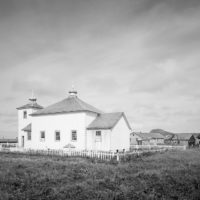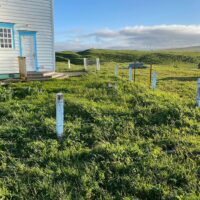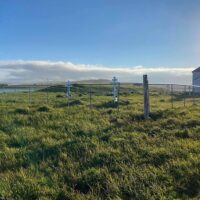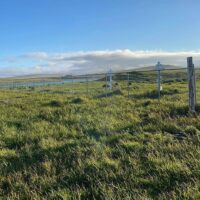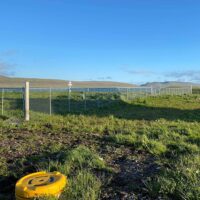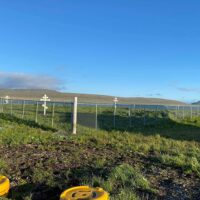
Project: St. Nicholas Church, Nikolski
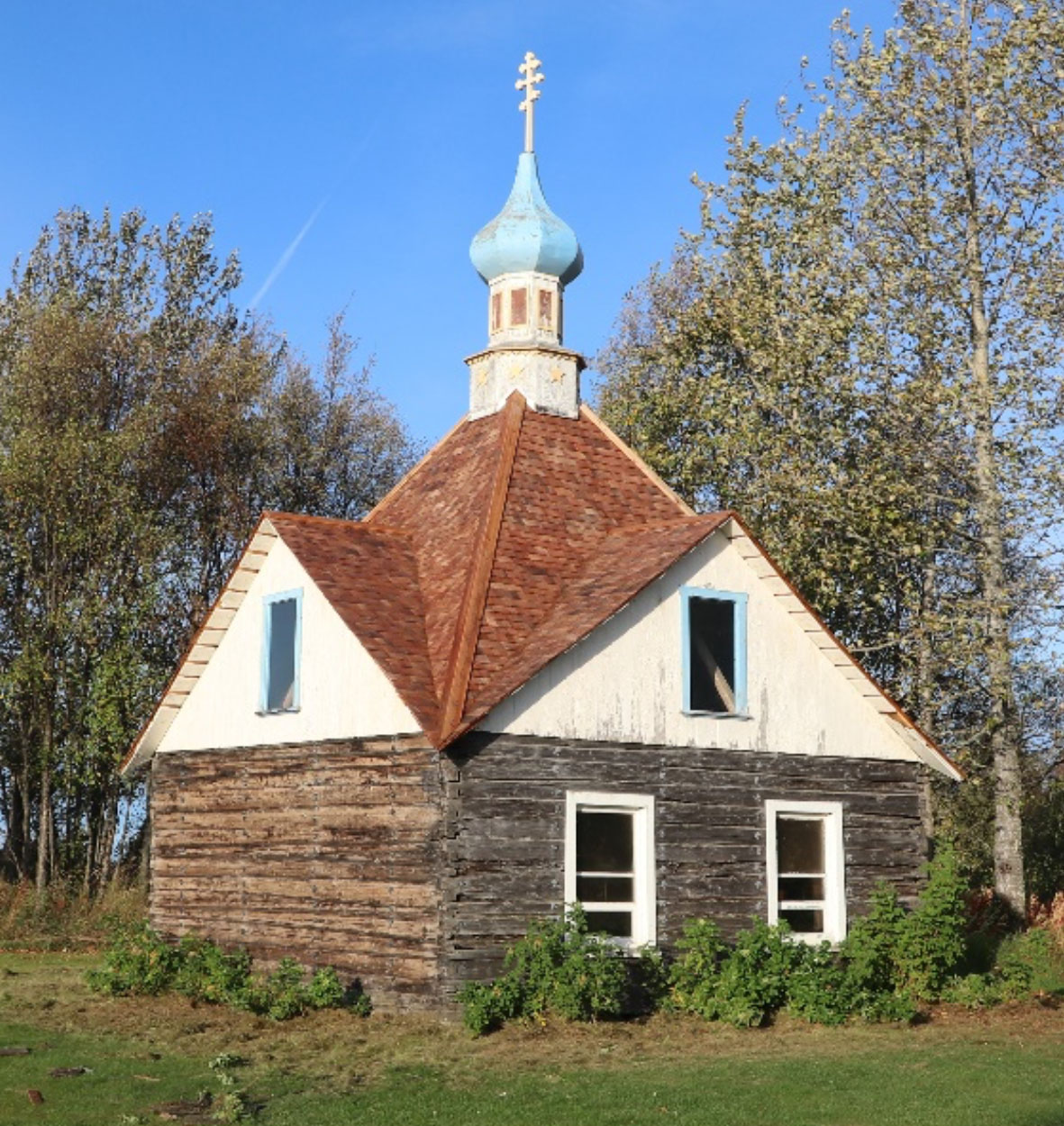
About the church
The Saint Nicholas Church in Nikolski was built in 1930 and is well-known for its remarkable decorative carving. Sergei Sovoroff is reputed for completing most of the interior carving; Sergei and Joseph Krukoff together carved the royal doors. Previously, John Kriukov and Brother Innocent constructed a chapel in 1806 on the same site. Today the church does not have a resident priest; however, it is serviced by the Orthodox Diocese of Alaska and is on the National Register of Historic Places.
Project information
Over the years, the church fence has been falling apart, allowing wandering, wild cattle and animals to access the sacred ground and burial site. Due to harsh weather, scheduling, and the COVID-19 crisis, ROSSIA was not able to start this project during the summer of 2019, nor the summer of 2020.
Fence Completion: Summer 2021
ROSSIA is excited to announce that thanks to the Nikolski IRA Council, the new fence has been erected around the church and will be placed around the cemetery this summer 2021. Special congratulations to Tanya Lestinkoff and Arnold Dushkin for their dedication in completing this preservation project!
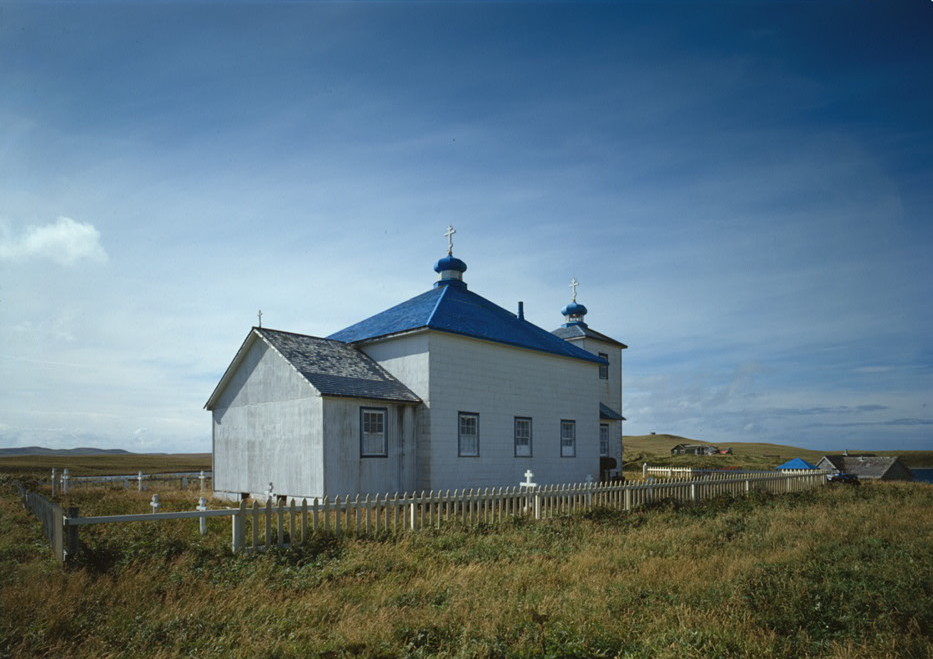
Church Gallery
History of Nikolski
The village of Nikolski, which is located on Nikolski Bay, is situated off the southwest end of Umnak Island, one of the Fox Islands in the Aleutian Chain, 116 air miles west of Unalaska, and 900 air miles from Anchorage. In 2010, the population was only 18 people.
Nikolski is reputed by some to be the oldest continuously-occupied community in the world. The Chaluka archaeological site, in the village of Nikolski, indicates 4,000 years of virtually continuous occupation. In 1834, it was the site of sea otter hunting, and was recorded by the Russians as “Recheshnoe,” which means “river.” In 1920, a boom in fox farming occurred here. A sheep ranch was established in 1926 as part of the Aleutian Livestock Company.


